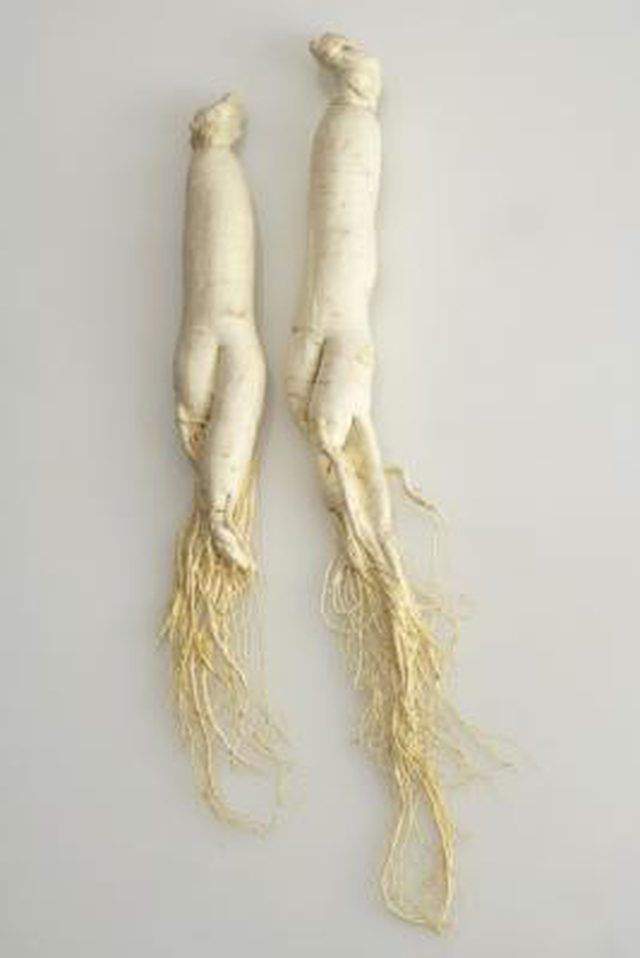Bulbs
Flower Basics
Flower Beds & Specialty Gardens
Flower Garden
Garden Furniture
Garden Gnomes
Garden Seeds
Garden Sheds
Garden Statues
Garden Tools & Supplies
Gardening Basics
Green & Organic
Groundcovers & Vines
Growing Annuals
Growing Basil
Growing Beans
Growing Berries
Growing Blueberries
Growing Cactus
Growing Corn
Growing Cotton
Growing Edibles
Growing Flowers
Growing Garlic
Growing Grapes
Growing Grass
Growing Herbs
Growing Jasmine
Growing Mint
Growing Mushrooms
Orchids
Growing Peanuts
Growing Perennials
Growing Plants
Growing Rosemary
Growing Roses
Growing Strawberries
Growing Sunflowers
Growing Thyme
Growing Tomatoes
Growing Tulips
Growing Vegetables
Herb Basics
Herb Garden
Indoor Growing
Landscaping Basics
Landscaping Patios
Landscaping Plants
Landscaping Shrubs
Landscaping Trees
Landscaping Walks & Pathways
Lawn Basics
Lawn Maintenance
Lawn Mowers
Lawn Ornaments
Lawn Planting
Lawn Tools
Outdoor Growing
Overall Landscape Planning
Pests, Weeds & Problems
Plant Basics
Rock Garden
Rose Garden
Shrubs
Soil
Specialty Gardens
Trees
Vegetable Garden
Yard Maintenance
How to Transplant Ginseng Roots
How to Transplant Ginseng Roots. Growing ginseng can provide the ardent gardener a valuable crop for resale and beneficial healing herbs for use professionally or at home. There are several ways to transplant ginseng including planting seeds or commercially available rootlets, or harvesting transplants from the wild. All methods of transplanting...

Growing ginseng can provide the ardent gardener a valuable crop for resale and beneficial healing herbs for use professionally or at home. There are several ways to transplant ginseng including planting seeds or commercially available rootlets, or harvesting transplants from the wild. All methods of transplanting ginseng roots have pros and cons, but the advantages of harvesting from the wild are many.
Things You'll Need
Trowel
Rake
Ginseng rootlets
Captan fungicide
Water
Bucket
Locate a patch of woodland where you know ginseng grows wild. Your county extension office can help you identify where these areas may be located, and tell you about any regulations concerning wild ginseng harvesting.
Dig up the mature ginseng roots. These are plants with at least three prongs or five leaves.
Select a site that is appropriate for growing ginseng. The plants have specific needs. Find an area that is wooded and has approximately 80 percent shade from deciduous trees. Alternatively, build an area with artificial shade for young plants. Plant on a north- or east-facing slope that has good drainage. Choose a site that will be secure from poachers. Ginseng is a high-value crop and plants can easily be stolen and resold by others.
Soak ginseng roots for about 15 minutes before placing them in the ground in a solution of captan and water to encourage growth and prevent shock.
Rake back the leaves over a small spot where you'd like to plant one rootlet. Dig a 1-inch hole and place the rootlet in the hole. Fill the hole with earth and recover with a light layer of leaves.
Place the rootlets in a random pattern on the slope for a natural-looking plot, allowing adequate spacing for air flow. A good guide is to allow 7 to 9 inches between plants on all sides to ensure proper room to grow, allow each plant room to absorb enough moisture and nutrients, and prevent the spread of disease.
Water your plants daily to prevent them from drying out.
Tips & Warnings
Digging plants from the wild is free, while the cost of cultivated rootlets can be high. For the price of gas to take you to the site and your elbow grease, you can harvest wild plants at little cost.
Harvesting mature rootlets will save your several seasons of having to let seedlings root and grow before you can harvest a crop.
The best time to plant ginseng rootlets is either in the autumn between September and November, or in early spring, between March or April.
Avoid planting in low spots or ditches and keep leaf buildup to a minimum to prevent root rot and encourage the plants to grow properly.
Harvesting wild plants will take longer to cultivate a large crop and may take several seasons before you can actually have a large enough crop to sell commercially.